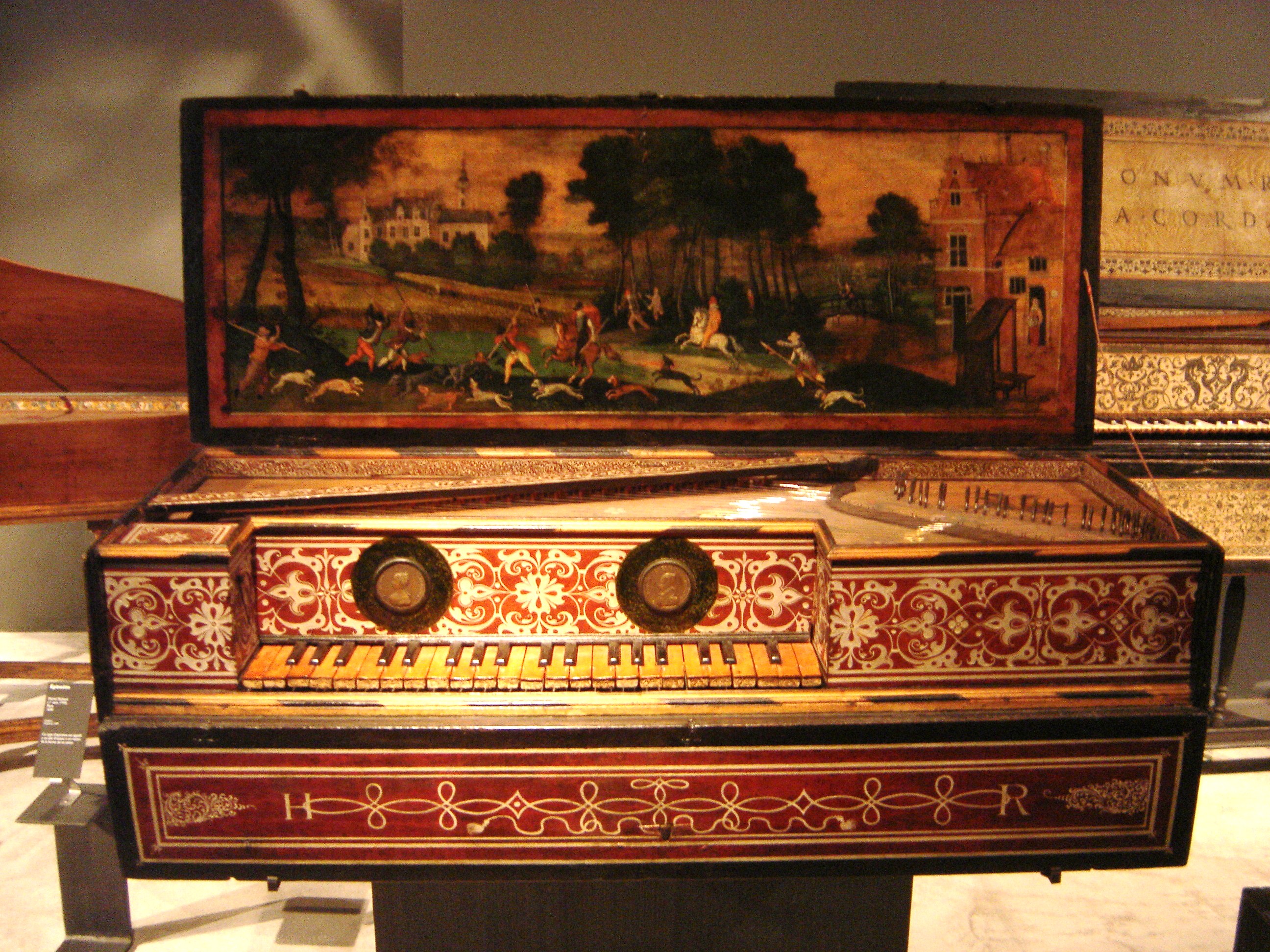|
Fitzwilliam Virginal Book
The ''Fitzwilliam Virginal Book'' is a primary source of keyboard music from the late Elizabethan and early Jacobean periods in England, i.e., the late Renaissance and very early Baroque. It takes its name from Viscount Fitzwilliam who bequeathed this manuscript collection to Cambridge University in 1816. It is now housed in the Fitzwilliam Museum at Cambridge. The word virginals does not necessarily denote any specific instrument and might refer to anything with a keyboard. History It was given no title by its copyist and the ownership of the manuscript before the eighteenth century is unclear. At the time ''The'' ''Fitzwilliam Virginal Book'' was put together most collections of keyboard music were compiled by performers and teachers: other examples include ''Will Forster's Virginal Book'', ''Clement Matchett's Virginal Book'', and ''Anne Cromwell's Virginal Book''. It is possible that the complexities of typesetting music precluded the printing of much keyboard music durin ... [...More Info...] [...Related Items...] OR: [Wikipedia] [Google] [Baidu] |
Virginal
The virginals (or virginal) is a keyboard instrument of the harpsichord family. It was popular in Europe during the late Renaissance and early Baroque periods. Description A virginal is a smaller and simpler rectangular or polygonal form of harpsichord with only one string per note running more or less parallel to the keyboard on the long side of the case. Many, if not most, of the instruments were constructed without legs, and would be placed on a table for playing. Later models were built with their own stands. Mechanism The mechanism of the virginals is identical to the harpsichord's, in that its wire strings are plucked by plectra mounted in jacks. Its case, however, is rectangular or polygonal, and the single choir of strings—one per note—runs roughly parallel to the keyboard. The strings are plucked either near one end, as with the harpsichord, or, in the case of the muselar, nearer the middle, producing a more flute-like tone reduced in upper harmonics. Etymology ... [...More Info...] [...Related Items...] OR: [Wikipedia] [Google] [Baidu] |
